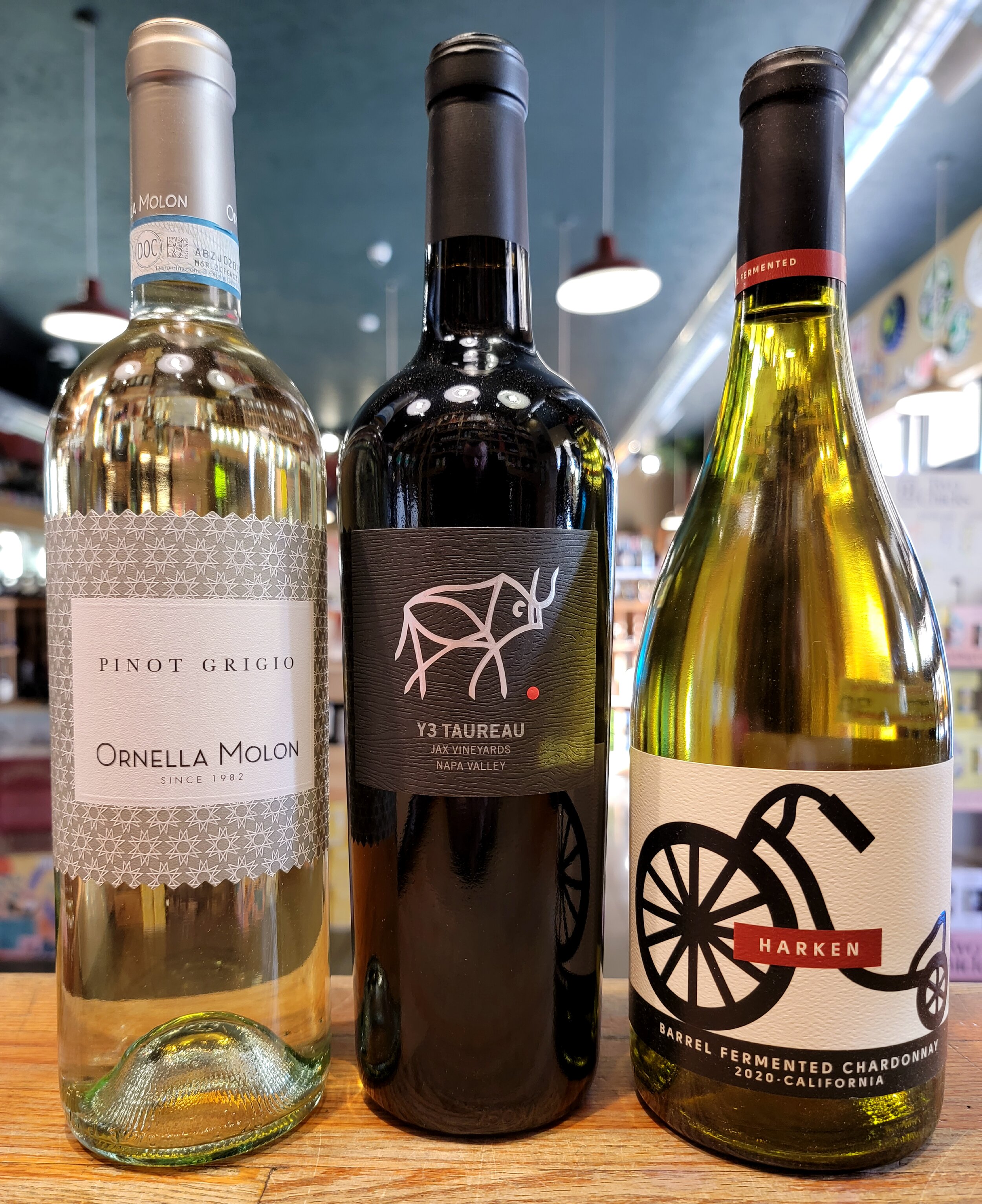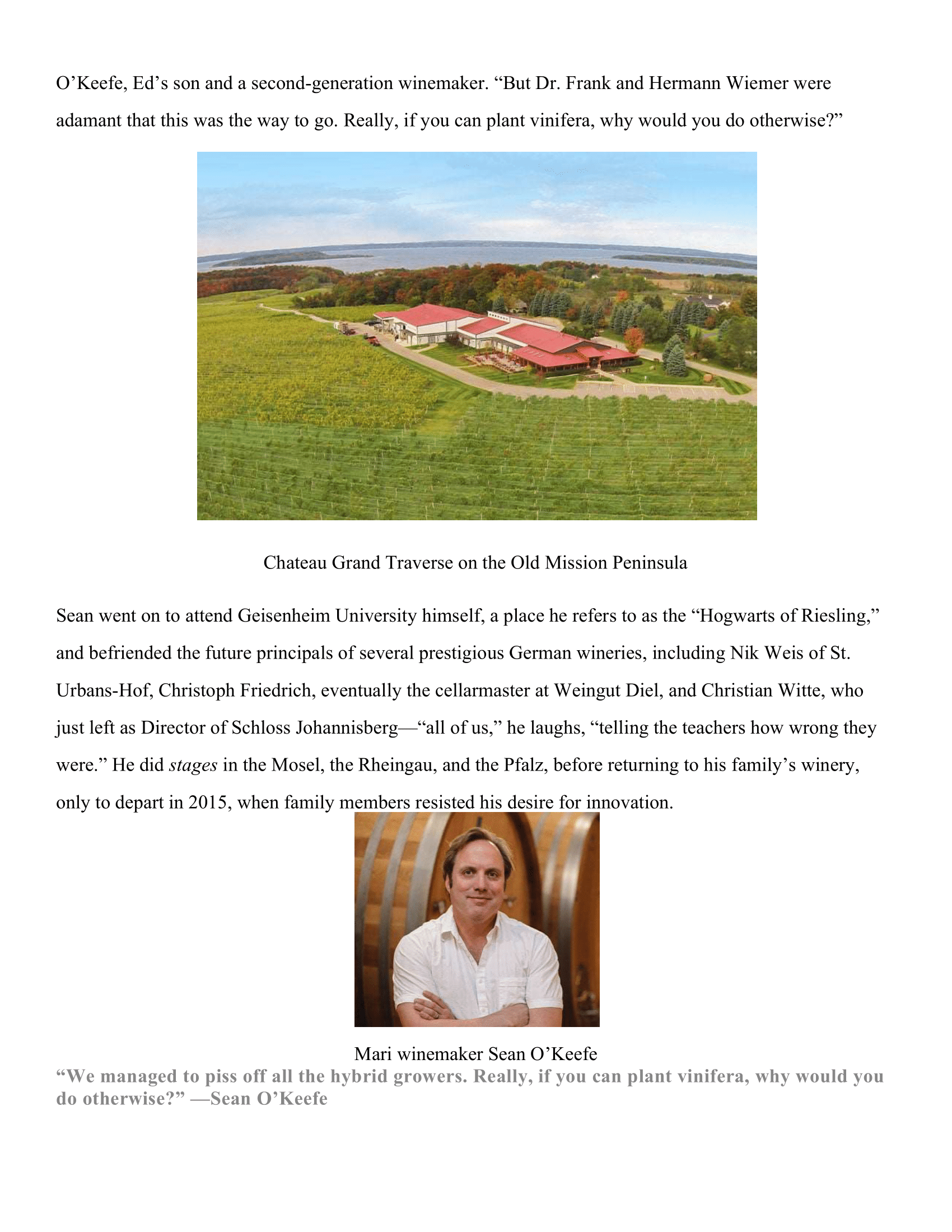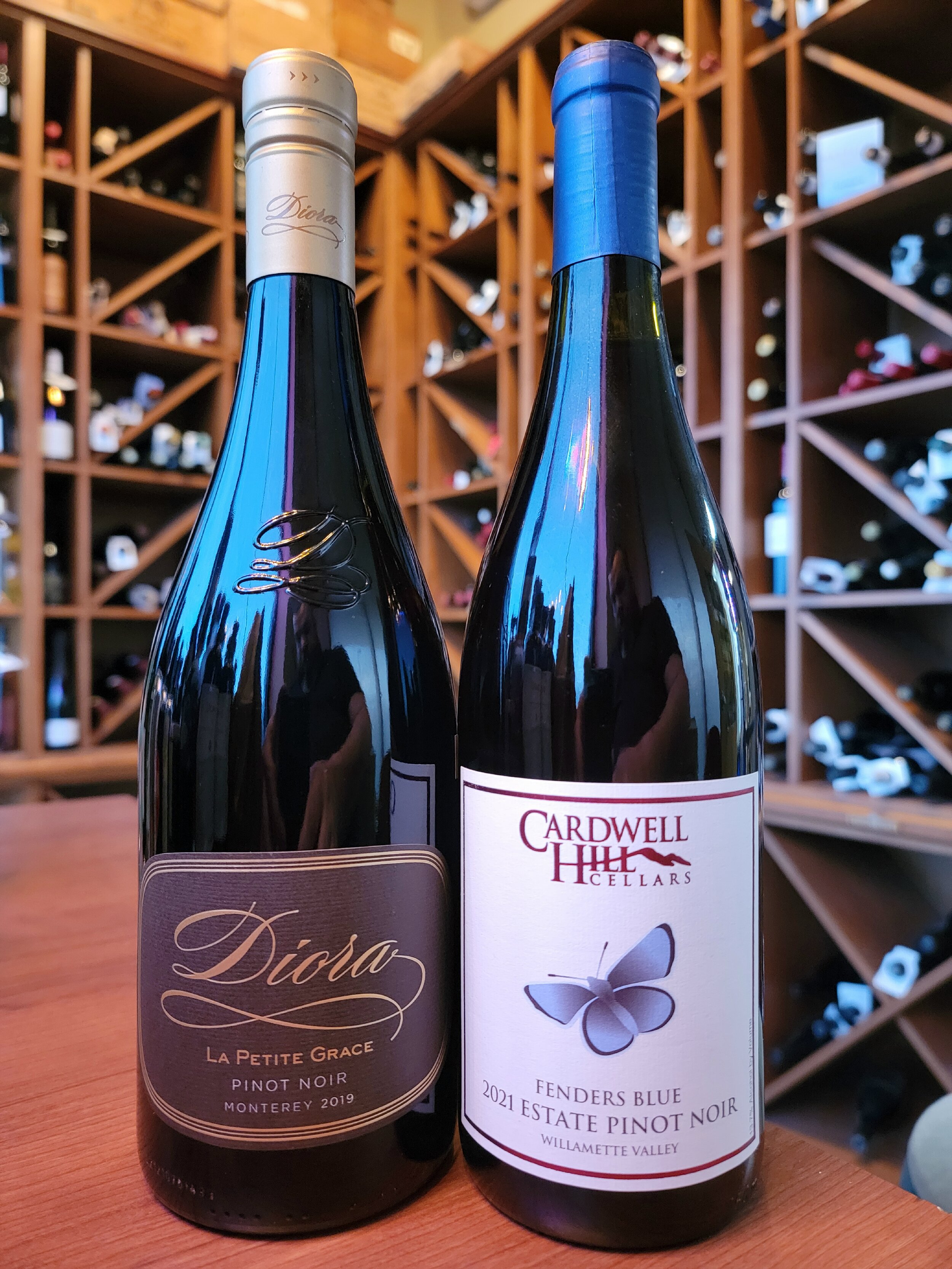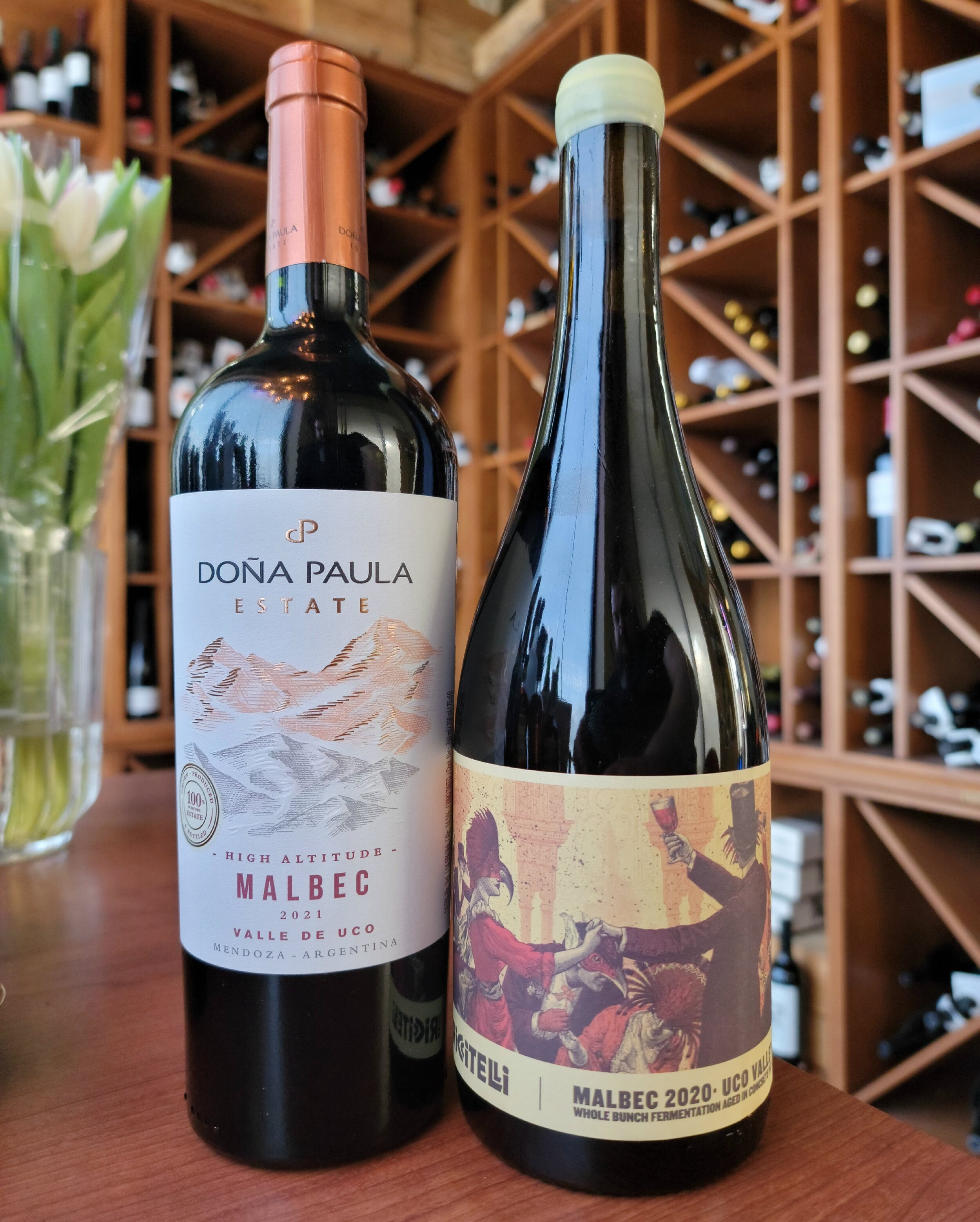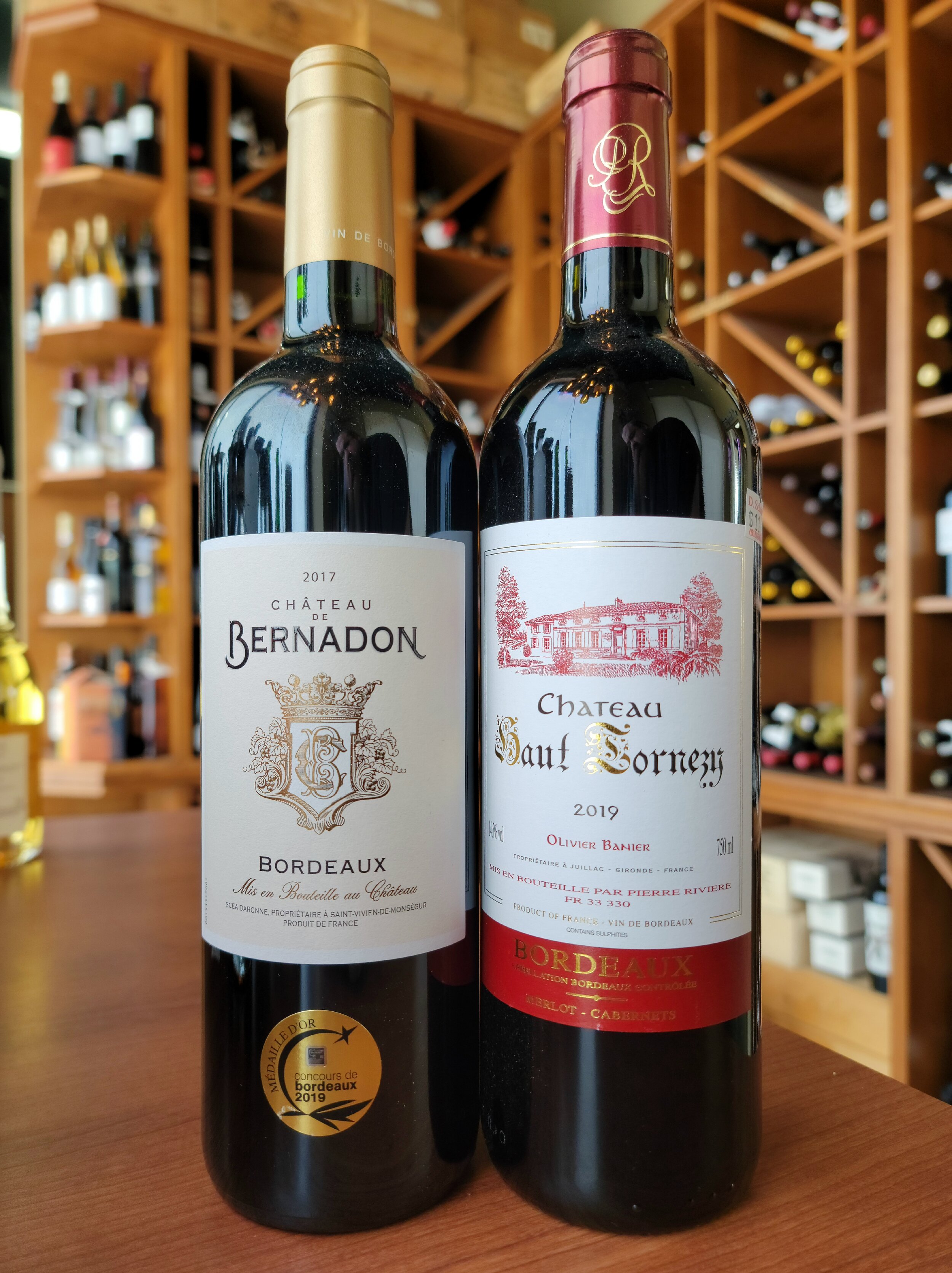Wine Club Offer Spring 2024
/Our friend Ken Kelly at Woodbury Wines has found an importer who is bringing in terrific values from a couple of long-time Bordeaux makers. I think there are two specific considerations when finding honest value in this category of French Vins: consistency over the years and balance. This wine hits both point well.
I’m tasting balance in all three pillars of the meaning of that word. The fruit, the tannins* and the alcohol which is perceived here as a little pepper. The wine is fresh with plenty of zip and naturally low in alcohol. Aromas of violet & tea open to blackberry and tart plums. Tons of acid and dark black fruits with a nice crunchy mouth feel. Light oak treatment.
Chateau des Moulins, Médoc Bordeaux
The Château des Moulins has belonged to the Prevosteau family for 6 generations. They succeeded the monks of the Abbey of Vertheuil who had started cultivating vines in the 11th Century.
The current owner, Jean Charles Prevosteau took over the operation in 1992 with just 8.5 acres of vines in the Médoc (the left bank of the river Gironde). He expanded the property to nearly 35 acres today: 22 in Médoc with Château des Moulins (the original estate) and around 12 in Haut Médoc w/ Château Moulin des Moines Cru Bourgeois, which is his new/newer vineyard in the hills.
Château des Moulins has been Certified in High Environmental Value level 3 since 2019 for the preservation and respect of the environment.
Cabernet Sauvignon, Merlot blend
Many of you may know how much I admire & love drinking good Bordeaux wines. If I could swing it, my wife and I would happily drink more of them. At one time I had a nice little cellar full of good to great vintages of sorta medium-priced Bordeaux but they went into the belly & bloodstream largely during the great recession of ’08 & ’09. Finished the rest of them off during pandemic ’19 thru ’21 and they really seemed to help a lot!
Seriously, wines that I used to buy for $11 to $30 each now cost around $25 to $90 for the same exact producers/bottles. I know you’ve heard that before in maybe forty four other categories of consumer products but the French really take it to the next level. There are only so many acres grown there and made into decent quality Bordeaux, and real $ demand has increased in the last decade, especially at the top end. For example, Chateau Mouton Rothschild goes for over $700 per. Just ask Jane if you want to go there & she’ll find you a bottle or two : = )
2019 was a solid year for Bordeaux on the 100 pt scale at 92 to 95 depending on who’s tasted them critically.
https://www.winespectator.com/vintage-charts/region/bordeaux-left-bank-reds-medoc-pessac-leognan
This wine is balanced for near-term serious drinking but also able to lay down for another 5 to 10yrs easy.
$14.99 a bottle retail, minus your club price: $13.50 each & 3 for $40.
Cheers,
Eric
* I found this explanation of tannins and think it explains it better than I ever could. The last line is what I think of re: tannins – the mouth feel.
Tannins In 60 Seconds:
Tannins are naturally occurring phenolic compounds found in many kinds of plants, including a grape’s skins, stems, and seeds.
Tannins help provide texture, balance, and structure to wine.
Both red and white grapes have tannins, but the intensity and characteristics vary.
Tannins are found in foods and beverages, like coffee and chocolate, as well as in the wood used in wine barrels.
Wines with high levels of tannins can age for decades.
What are Tannins?
Tannins are naturally occurring chemical compounds, known as polyphenols, found in many plants. In grapes, these compounds are found in the skin, seeds, and stems, and act as a defense mechanism against animals and insects. When it comes to aging wines, tannins can be imparted by wood barrels. Foods and beverages such as tea, dark chocolate, nuts, and coffee also contain tannins.
What Do Tannins Taste and Feel Like?
Tannins have more of a texture and feel than a specific flavor. Depending on how intense the tannins are, you may experience a temporary puckering or drying sensation that some liken to the astringent sensation of eating an unripe piece of fruit or drinking a cup of strong black tea. Tannins can also differ in texture and mouthfeel — from soft and silky to aggressive and grainy.







